Valve body design:
Valve body material: usually cast iron (GG25), ductile iron (GGG40), carbon steel (WCB), stainless steel (CF8/CF8M) or duplex steel.
Sealing method: soft seal (rubber/PTFE): for low temperature and low pressure (≤150°C, PN16); metal seal (stainless steel + graphite): for high temperature and high pressure (≤600°C, PN40).
Butterfly disc design:
Material: 316 stainless steel, duplex steel (2205/2507), nickel-aluminium bronze (C63000), etc., need to be selected according to the medium.
Structure: Concentric butterfly valve (Centric): the valve stem is located in the centre of the butterfly plate, suitable for low pressure; Eccentric butterfly valve (Eccentric): single eccentric, double eccentric or triple eccentric design, reduce friction, improve sealing, suitable for high pressure conditions.
Stem design:
Material: usually stainless steel (416/17-4PH) or duplex steel, need to be corrosion and wear resistant.
Connection: keyway or pin fixing with butterfly plate to ensure reliable torque transmission.
Test Requirements
| Testing Project |
Standard Requirements |
Application Situation |
| Shell Test |
1.5×maximum working pressure, holding pressure ≥3 minutes without leakage |
All Valves |
| Sealing Test |
1.1×maximum working pressure, holding pressure ≥3 minutes without leakage |
Soft Sealing Valves |
| High Pressure Gas Test |
6 bar air or nitrogen to detect air bubble leaks |
Critical working conditions (e.g. LNG) |
| Operating torque test |
Measurement of full on/full off torque to ensure actuator match |
Electric/pneumatic valves |
Typical application scenarios
Marine industry: seawater cooling system, ballast water valve (need corrosion-resistant materials such as duplex steel).
Petrochemical industry: oil delivery, chemical medium control (need fireproof design).
Water treatment: municipal water supply, sewage treatment (soft seal, low cost).
LNG / natural gas: low-temperature conditions (need to deep-cooling treatment valve).
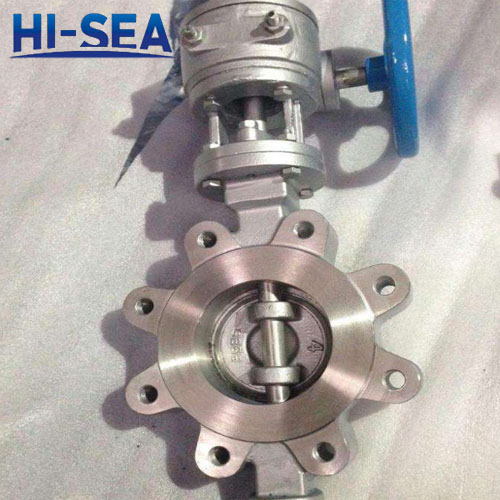

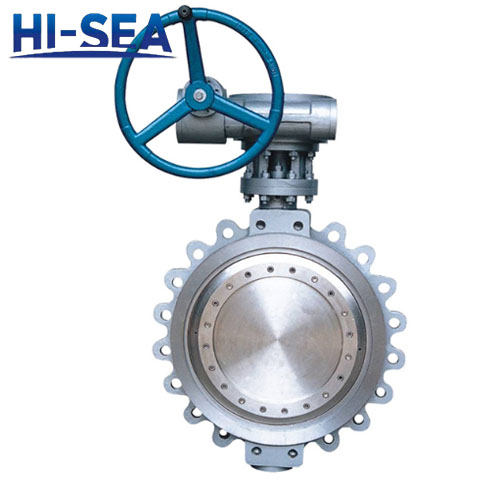


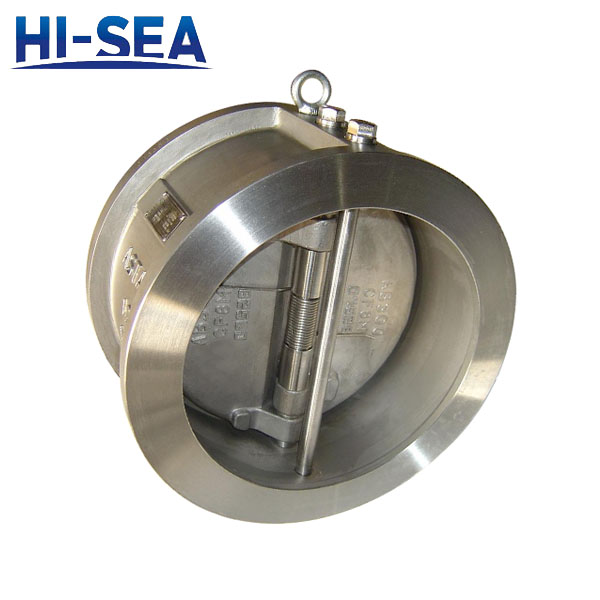
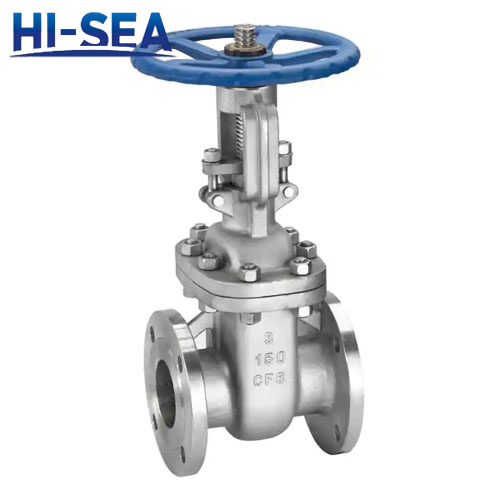
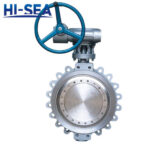 API 609-2016 Lug Type Butterfly Valve
API 609-2016 Lug Type Butterfly Valve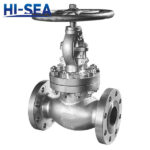 Main Material of API Valve
Main Material of API Valve What is the difference between a rising stem gate valve and a non rising stem gate valve?
What is the difference between a rising stem gate valve and a non rising stem gate valve?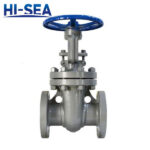 API Valve Fire Test
API Valve Fire Test